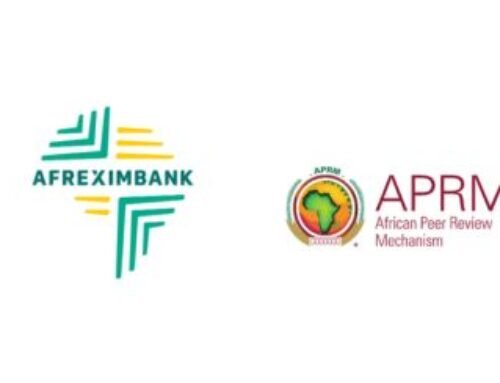
Money Market Instruments, also known as short debt investments, have the preservation of capital and short-term liquidity as core objectives. These instruments are rated in different ways. Credit Rating Agencies have juggled quantitative and qualitative parameters in arriving at ratings for money market instruments.
Generally, rating definition focuses on the fund’s ability to provide liquidity and preserve capital against limitations of credit risk, market risk and liquidity risk. DataPro has a unique scale for long and short-term ratings. Long-term risk indicator is divided into eight bands ranging from AAA(f) through DD(f). Each band could be modified by + or –, with + representing slightly less risk than –. Such suffixes are not added to the ‘AAA’ long–term rating category and to categories below ‘CCC’ or to short-term ratings older than A1+. Short-term ratings have a time horizon of less than 12 months in line with industry standards reflecting risk characteristics. The ratings place greater emphasis on liquidity to meet financial commitment in a timely manner.
Tenure varies with the liquidity, the issuer and class of the instrument. In Nigeria, there are varying maturity restrictions on fixed deposits of banks, treasury bills by the Debt Management Office of the CBN and bonds by either the Federal Government or private companies. There are fixed deposits of overnight, seven days, 30 days, 90 days, etc. Treasury bills have a minimum tenure depending on whether it is primary or secondary. Federal Government bonds range in years.
Weighted Average Maturity (WAM) is used to assess the performance of the debt portfolio. It may be adjusted lower for funds with more volatile shareholder characteristics such as start-up funds or funds with limited operating history, small asset size, a concentrated shareholder base, or a new shareholder base with uncertain liquidity needs.
DataPro also consider Interest rate swaps and futures with a suitable short-term benchmark rate to limit basis risk that can be used to hedge interest rate risk. Futures contracts should be cleared through highly rated counterparties regulated by a recognized futures exchange.
Issuers or obligors with diversified portfolios/investments are considered better than concentrated issuers or obligors.
Weighted Average Final Maturity (WAFM), also referred to as Weighted Average Life (WAL), is another important consideration in rating Money Market Funds. The higher the WAFM, the longer it takes for all of the holdings in the portfolio to mature. WAM is used to manage debt portfolios and to evaluate the profitability of portfolio managers.
The risk that the counterparty to a transaction could default before the final settlement of the transaction’s cash flows is assessed in the rating exercise as well as the impact on the funds from stress scenarios, such as credit downgrade, outflow, yield curve or credit spread shift.
Other considerations include quantitative and qualitative issues bordering on the mix of money market assets and other market indices as well as monitoring the mode, frequency, and availability of market information.








Leave A Comment